Activity
Quality Coach | Scrum Master | UX Enthusiast | Tech Blogger | International Speaker | Exploratory Tester | Test Strategist | MoT Content Creator

earned:

Continuous Quality

earned:

TestBash

earned:

Test design

earned:

Cosmo the Space Duck's Big Racing Adventure

achieved:

This badge is awarded to members who share a photo memory from the community.

contributed:

Can you find Cosmo the Space Duck on their real-life adventure?

contributed:

Can you find Cosmo the Space Duck on their real-life adventure?

earned:

Cassandra H. Leung shares an idea about syncing Club badges with MoT profiles: Hey MoT. Thanks for another Community Star and Above and Beyond badge on The Club! I'm super proud of these, and think it would be great if some of the badges (maybe not all) from The Club also appeared on our MoT profiles. Or maybe instead of different Club badges, there could be a counter on the profiles of how many Club badges we've earned.

achieved:

This badge is awarded to members who contribute content towards a Ministry of Testing certification.

contributed:

Definitions of You Aren't Gonna Need It (YAGNI)

contributed:

Definitions of Glue Work

contributed:
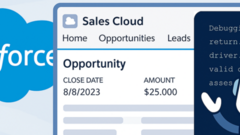
aving joined my first Salesforce project just over six months ago, we’re now ready to consider automating the UI

achieved:

This badge is awarded to members who confirm their tickets to TestBash Brighton 2025

achieved:

This badge is awarded to members who contribute a new term or an alternative definition to the software testing glossary.

achieved:

This badge is awarded to members who Log in to MoT five days in a row.

contributed:

Definitions of Specialist

contributed:

Definitions of Generalist

contributed:

Definitions of Bug Bash

contributed:

Definitions of TestBash

contributed:

Definitions of Test design

contributed:

A mnemonic I came up with while trying to think of ways to help people test like a tester

contributed:

Definitions of Mutation testing

contributed:

Definitions of Pair testing

contributed:

Definitions of End-to-End Testing

contributed:

Definitions of Test

achieved:
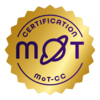
Earned through actions that have made the MoT Community a more pleasant and useful place to be.

achieved:

This badge is awarded to a member who has spoken at a TestBash conference.

achieved:

This badge is awarded to members who have subscribed as Unlimited Members.

achieved:

This badge is awarded to members who represent and promote the MoT community as MoT Ambassadors.

achieved:

This badge is awarded to those who donate to the MoT Scholarship Fund

achieved:

This badge is awarded to those who contribute to any Testing Planet episodes.

achieved:

This badge is awarded to members who have attended a TestBash event.

contributed:
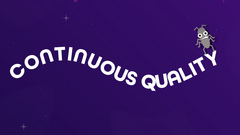
Definitions of Continuous Quality

is Open to Write

contributed:

Definitions of Acceptance criteria

contributed:

Definitions of Oracles

contributed:

Definitions of Heuristics

contributed:

Definitions of Culture

contributed:

Definitions of Risks

contributed:
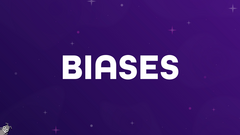
Definitions of Biases

is Open to Speak

contributed:

Explore various strategies and mindsets that promote continuous learning

contributed:
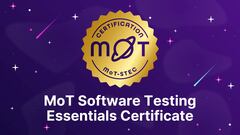
Boost your career in software testing with the MoT Software Testing Essentials Certificate. Learn essential skills, from basic testing techniques to advanced risk analysis, crafted by industry experts.

contributed:

PowerPoint Karaoke is an improvisation game where each person presents 5 slides to an audience without knowing the contents of the slides or the topic!

registered for:
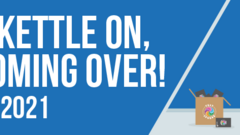
Join us this year for our worldwide 24 hours online TestBash software testing conference

registered for:

achieved:

This badge is awarded to members who have read 10 articles while logged in.

achieved:

This badge is awarded to members who have subscribed as Professional Members.

Create, run, and maintain web and mobile tests with no-code, AI-driven automation in the cloud

Discover how integrating SAST with comprehensive test management enables your team to ship safer software sooner.

We've made things easier to access all things.
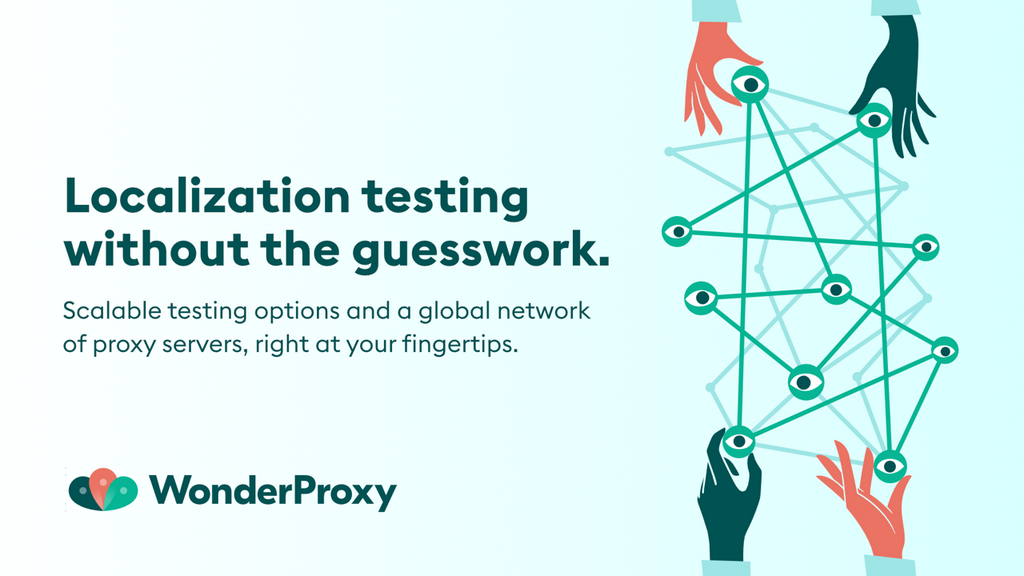
With servers in >250 cities around the world, check your site for localization problenms, broken GDPR banners, etc.

